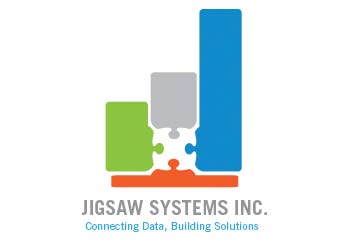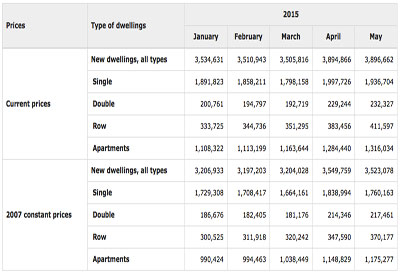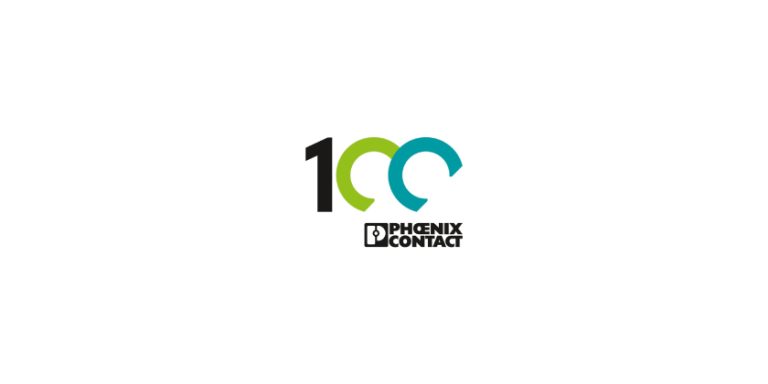Are We Keeping Up with the Customer Shift?

October 31, 2017
By Carol McGlogan
At Electro-Federation Canada’s (EFC) recent Future Forum, we explored the significant changes in B2B customer behaviour, and the resulting effects on sales and marketing. Our B2B customers are increasingly making online purchases, and for those customers who still deal with a salesperson, their minds are generally made up by the time the sales interaction even occurs. According to CEB/Gartner research, the typical B2B customer is 57% along the purchasing journey before their first interaction with a salesperson.* Forrester research forecasts that approximately one million B2B salespeople (U.S.) will lose their jobs to self-service eCommerce by 2020, guiding customers through the different stages of the sales process from awareness, to consideration, to purchase.
If your reaction to these facts are: “not in our industry”; “our product is technical”; or “our industry is based on relationships,” you may want to reconsider. Just take a look at these findings:
- “Not in our industry” — EFC’s “Click and Order” research report focused on customer purchasing patterns in our industry. The 2014 report stated that at that time 11% of our customers were already buying from the Internet… it certainly is a bigger percentage now. We are no different from other B2B industries.
- “Our product is technical” — Yes, our products are technical, but remember that research tells us our customers are further along the purchasing decision. This means that even for technical products the amount of information available to customers online makes them much more informed about product specs, costs and functionality before the first sales call is made. Salespeople are dealing with customers who have a frame of mind; they are no longer influencing that frame of mind. As a salesperson, you may have to undo opinions that are not aligned with what you are proposing — a much tougher challenge.
- “Our industry is based on relationships” — Relationships are the icing on the cake. Without a solid digital strategy and platform that allow your customers to discover, compare, and ultimately purchase your products, relationships may be just that without the economic benefit.
As businesses, have you changed to meet this customer shift? Have you mapped this new customer journey and clearly identified the touchpoints that take the customer from one stage to the next? Do your marketing expenditures and strategies reflect this new journey that the marketing department is clearly more responsible for? The interaction between marketing, sales and the customer is different. Have your teams collaborated to create a winning path?
When you add the channel into the mix, it becomes even more complicated. We often talk about collaborating between the manufacturers’ and distributors’ salesforces to ensure that sales are successful. If everything is done online, how do our sites collaborate? Customers want a seamless experience, so we need to collaborate digitally to make that happen.
We have a long way to go in the electrical industry, but the good news is that great examples of digital transformation are all around us. One of the speakers at the EFC Future Forum said that it’s not about benchmarking B2B or B2C, it’s about benchmarking experiences. We are consumers and business people who have great experiences every day. A little creative thinking can inspire you to take those experiences and apply them to your business to win in this exciting new environment.
Carol McGlogan is President & CEO, Electro-Federation Canada.
* https://www.cebglobal.com/blogs/b2b-sales-and-marketing-two-numbers-you-should-care-about/











